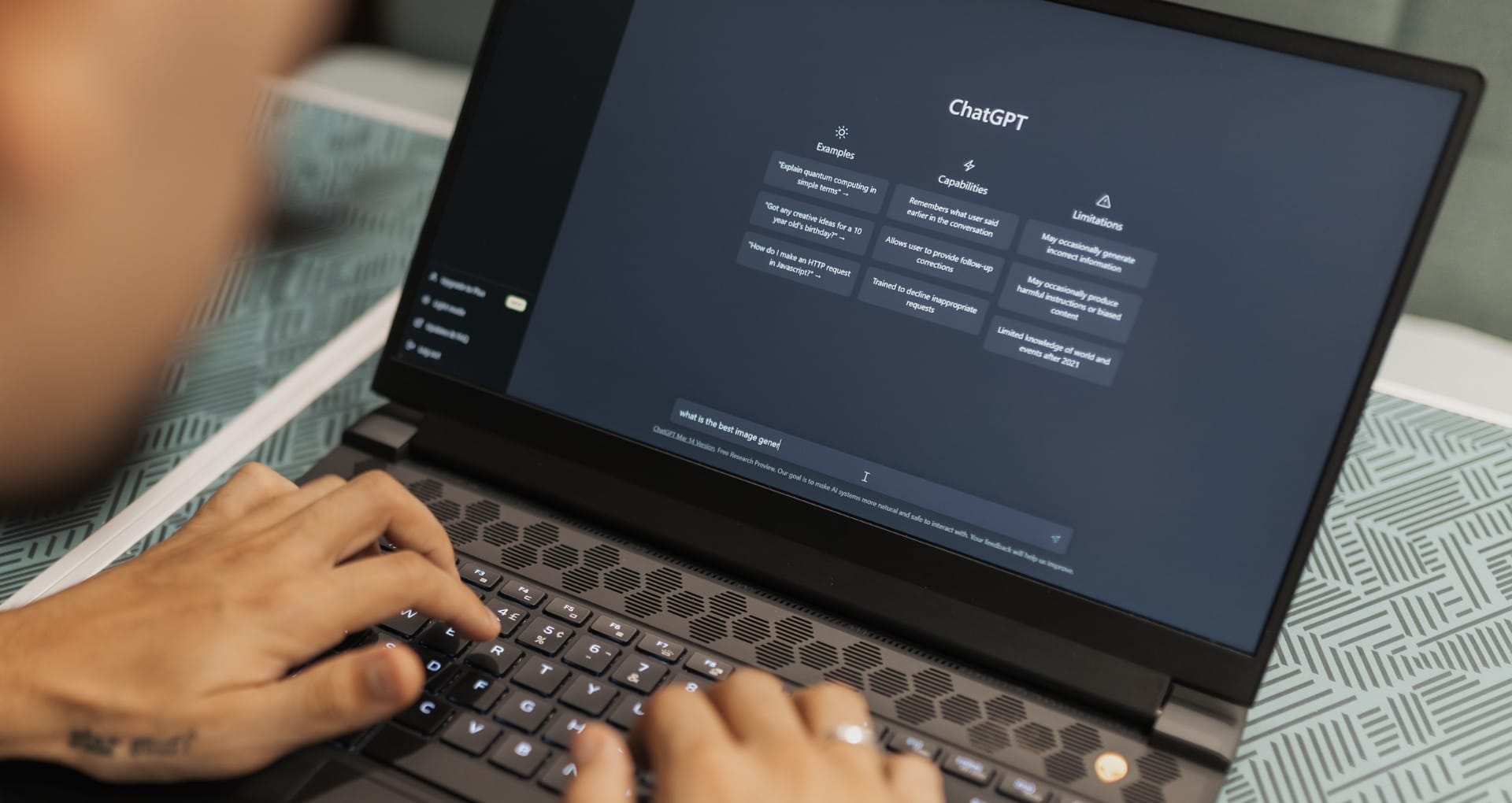Contents
Securing Exam Integrity has been a crucial point in the eye of a maelstrom of a tech revolution, where innovation is not just reshaping but redefining the educational landscape, hurtling e-assessment into unchartered waters. Sure, innovative features are making e-assessment more efficient than ever before, but this promising horizon also comes with its downside.
Cheating
It’s always been an issue, for as long as there have been exams in human history, students will always find a way to cheat on them, but a recent surge in the utilization of artificial intelligence (AI) tools such as ChatGPT as potential conduits for dishonesty further complicates the issue of cheating. To put it plain and simple: cheating is much easier now…or is it?
The advent of innovative features and AI brings forth solutions. E-assessment has emerged as a robust tool to improve the assessment process, build resilience and promote academic honesty.
In this blog, we’ll explore academic dishonesty and what e-assessment is doing to combat it – even where cheating with AI is concerned.

The issues with traditional exams
Pen-and-paper exams are fraught with issues, from the cost and waste of printing exam copies to the hassle of traveling to an exam center, paper exams can be rife with problems. Most notable, however, is just how easy it can be for students to cheat on their exams.
- Note smuggling, where some students might write down notes on small pieces of paper or some other material and smuggle them into the exam room.
- Copying from neighbors – if the seating arrangement or supervision is inadequate, students might try copying answers from their neighbors’ test papers.
- Use of unauthorized materials to bring textbooks, calculators with stored information, or other unauthorized materials into the exam.
- Communication with other students, using subtle forms of communication, such as coded signals, to share answers.
How e-assessment is changing the game
As with traditional exams, e-assessment is not exempt from student dishonesty. As a matter of fact, there are even more ways a student can cheat on these exams. While online exams have revolutionized the educational landscape with their convenience and reach, they have also opened up a Pandora’s box of potential to cheat – if you’re tech-savvy enough.
Students could be tempted to leverage the wealth of information online, scouring the web for answers during exams. They might use online communication tools to collaborate on answers or even get help from others. In more sophisticated cases, screen sharing or remote control software could allow a more knowledgeable person to take the exam remotely. The rise of AI tools like ChatGPT adds another dimension to this issue, as these sophisticated tools can generate correct, believable answers that can fly under the radar. And finally, the lack of in-person proctoring in online exams could be exploited through identity fraud, with another person physically taking the exam on another student’s behalf.
Without any measures in place, online exams can become a hotbed of academic dishonesty. Luckily, e-assessment is changing the game when it comes to exam integrity. Let’s have a look at a list of features to keep in mind when selecting an e-assessment platform:
Ensuring Exam Integrity Features To Watch:
Although there are many more to keep a watchful eye on, these are some common features that any e-assessment platform worth their salt will have:
Secure Browser Technology
Known by a few names, e-assessment platforms utilize secure browsing tech, or lockdown browsers creating a secure web environment that limits students using AI to cheat during online exams. SEBs essentially ‘lock’ the testing environment, barring users from switching apps or accessing unauthorized websites. This mechanism ensures the system remains secure until the student submits the exam. With AI tools like ChatGPT able to replicate human writing convincingly, the risk of students using AI to cheat looms large; however, these measures make it considerably more challenging for students to utilize AI tools during exams, thereby preserving academic integrity.
AI Proctoring
AI proctoring is a formidable enemy of students cheating with ChatGPT, using artificial intelligence to detect and deter dishonest behavior. Much like an in-person proctor, but more vigilant, AI proctoring monitors the exam process in real-time, alerting to suspicious activities, such as unexpected eye movements or unusual keyboard activity you might see if a student is using AI apps to cheat. With features like facial recognition, it also verifies the student’s identity, thwarting impersonation attempts.
While secure browsers and AI proctoring tend to be de facto in the e-assessment industry, let’s have a look at some up-and-coming players against cheating:
Multi-Stage Testing
MST is an adaptive testing model in which the test progressively adapts to the student’s ability level. After each “stage” of testing, the next set of questions is determined based on the performance in the previous stage. This creates a unique path through the test for each examinee. Because of this adaptability, two students may take the same test but receive different sets of questions. This makes it challenging to cheat as students cannot share exact answers.
The SAT, a standardized test used for college admissions and placement in the United States is leveraging the power of MST in its transition to digital. This progressive approach means the difficulty of questions in the Reading and Writing section adjusts to the student’s performance throughout the exam. The SAT is divided into two modules; the first has an array of questions from easy to more difficult. The second, however, is dynamic, and the difficulty and mix of questions are based on the student’s performance in the first module. Not only does MST represent a student’s capabilities more fairly by turning the “one size fits all” model of education and testing on its face, but it preserves the integrity of exams by making individualized exams tailored specifically for each student, thus eliminating the possibility of cheating.
Linear-On-The-Fly Testing
Linear-on-the-fly testing (LOFT) is another form of adaptive testing that constructs a unique version of the test for each examinee at the time of testing. Each test is built to match pre-specified content and psychometric criteria, and item selection is based on both the requirements and the examinee’s estimated ability. This results in a test that maintains the same level of difficulty and coverage of content domains, while the items themselves may vary significantly between examinees.
Computer Adaptive Testing
Computer Adaptive Testing or CAT, is an exam method where the difficulty of the test is adjusted in real-time based on the student’s performance, providing a more accurate measure of their ability. This adaptive feature can deter students from using AI to cheat such as ChatGPT, primarily because each test becomes a unique experience, making answer-sharing pointless. The unpredictable nature of the question selection based on a student’s previous answers makes it challenging to prepare precise responses ahead of time using AI.
Although cheating has always been woven into the fabric of academia, cheating with AI like ChatGPT has made dishonesty easier, but the technology to combat this is moving in the right direction. As the proverbial saying goes, ‘Change is the only constant.’ In this fast-paced world, we must stay on top of the latest innovations in e-assessment and continually adapt our approaches to uphold the integrity of our educational system. By striking a balance between technological advancements and moral ethics, we can ensure that the e-assessment industry will continually lead to a brighter, more honest future for education.
Want to explore more on this topic? Stay tuned for more content on keeping your exams safe and secure, or visit our website at https://swiftassess.com/features to discover other features promoting academic honesty.





